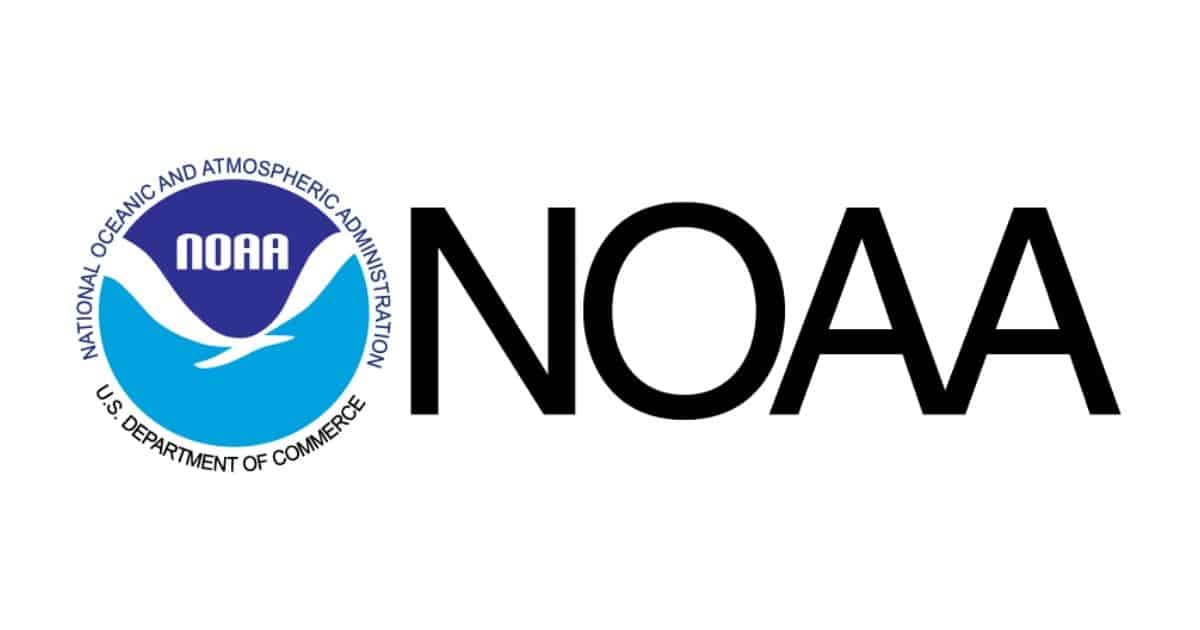NOAA is establishing a new Unmanned Systems Operations Program to support the rapidly expanding use of these systems across the agency. The new program will promote the safe, efficient and economical operation of unmanned systems (UxS) NOAA uses to collect high-quality environmental data for the agency’s science, products and services.
“Unmanned airborne and maritime systems are transforming how we conduct earth science at NOAA,” said retired Navy Rear Adm. Timothy Gallaudet, Ph.D., deputy NOAA administrator. “Our new Unmanned Systems Operations Program will help us dramatically increase the application and use of these technologies in every NOAA mission area.”
UxS are sensor-equipped vehicles that operate autonomously or are remotely piloted. NOAA currently uses UxS for seafloor and habitat mapping, ocean exploration, marine mammal and fishery stock assessments, emergency response, and at-sea observations that improve forecasting of extreme events, such as harmful algal blooms and hypoxia.
While the use of UxS is not new to NOAA — agency scientists have been experimenting with and using unmanned systems for decades — the recent increase in the availability of highly capable UxS has brought a corresponding increase in their innovative use as a force multiplier for many NOAA programs. NOAA’s use of small unmanned aircraft for science missions has increased more than tenfold since 2012.
The Unmanned Systems Operations Program is being established within NOAA’s Office of Marine and Aviation Operations (OMAO), which operates, manages and maintains the agency’s fleet of ships and aircraft and oversees NOAA’s diving and small boat safety programs. Its services will include training, cybersecurity, acquisition and other expert support to ensure safe, cost-effective operations across the agency.
“With the creation of this new program, we will be better positioned to transition these technologies into operational platforms that will gather critical environmental data every American relies upon,” said Rear Adm. Michael J. Silah, director of the NOAA Commissioned Officer Corps and OMAO.
The new program will be housed at two locations. The NOAA Aircraft Operations Center in Lakeland, Florida, will continue to support the agency’s unmanned aircraft activities. A new facility being built by the Mississippi State Port Authority in partnership with the University of Southern Mississippi in Gulfport, Mississippi, will support unmanned maritime systems.
NOAA received $12.7 million from Congress in Fiscal Year 2020 to improve and expand UxS operations across the agency, including the creation of the new program — a key goal of NOAA’s recently released Unmanned Systems Strategy. The program will also help meet the objectives of the Commercial Engagement Through Ocean Technology Act of 2018, which requires NOAA to coordinate research, assess and acquire unmanned marine systems with the U.S. Navy, other federal agencies, industry and academia.
NOAA is partnering with the Navy this year to evaluate new UxS technologies for ocean science applications through the Advanced Naval Technology Exercise (ANTX) program. Now in its fifth year, ANTX enables scientists and engineers to participate in the testing and assessment of experimental technologies that can support missions of both agencies. During the exercise, dozens of new systems are tested and demonstrated to help inform government and private sector investment decisions.
NOAA is also exploring the use of artificial intelligence in combination with UxS to collect and analyze large volumes of scientific data. NOAA recently released the NOAA Artificial Intelligence Strategy in conjunction with the Unmanned Systems Strategy.
Story by NOAA

